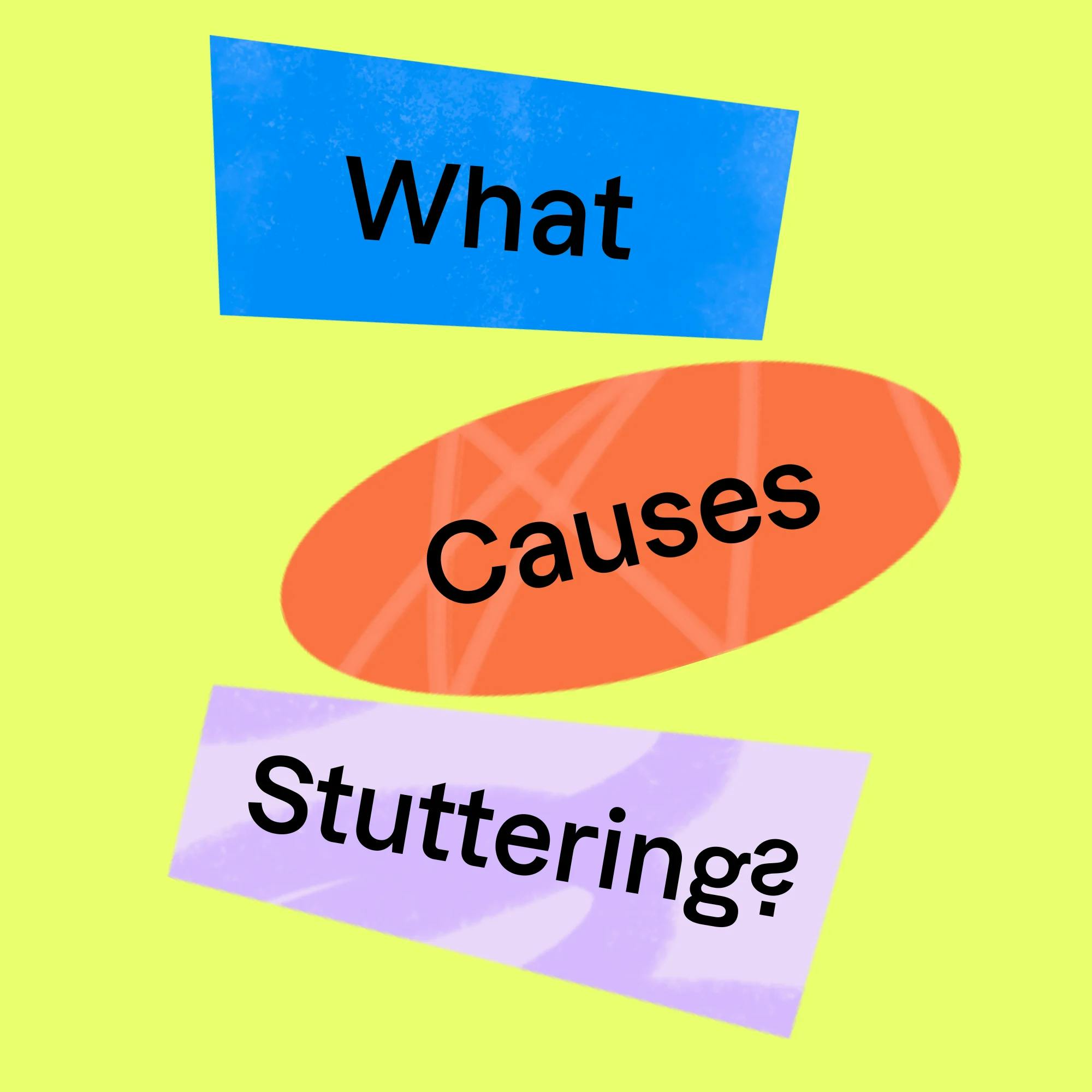What Does Speech Therapy for Stuttering Look Like?
If you’ve never been in speech therapy, you probably have some questions about what it looks like. Therapy starts with an initial speech evaluation. After that’s completed, the speech-language pathologist, also known as a speech therapist, decides what frequency of therapy is best for that person. For most people, it’s once a week, although this depends on the severity of the stutter.
The therapist will also set initial goals for therapy in order to measure and track the person’s progress. Goals will be focused on improving speech fluency–the smoothness of speech–and on the client’s ability to confidently communicate. However, there may be smaller, interim goals that lead up to achieving this main goal. Some of these smaller goals might include reducing the tension that contributes to stuttering, changing a client’s feelings and beliefs toward their stuttering, having the client advocate for themselves, and building confidence in various aspects of communication.
No matter what they are, speech therapy goals will be measurable. Here’s an example:
The client will demonstrate the ability to use easy onsets in 8 out of 10 trials across 3 consecutive sessions in order to improve speech fluency in daily situations.
So what do speech therapy sessions look like? When working with children, speech therapists use games and activities that will be motivating for the child, while also keeping them at ease. Starting speech therapy can be a little overwhelming, and the therapist wants the experience to be as fun and inviting as possible.
During sessions, the speech therapist will have the child try different speech techniques that can help decrease stuttering. They will monitor the child’s speech, as well as their comfort level with each technique, in order to decide which techniques are most effective. For children who are older, the speech therapist may ask the child which techniques they feel most comfortable using. It’s important to include the client in therapy decisions as much as possible.
For stuttering treatment with adults, therapy will look similar–although they probably won’t need games to stay motivated! Speech therapists work to keep sessions conversational while practicing specific stuttering techniques.
Once a client is well-versed in using their new techniques, the speech therapist will have the client try them in increasing levels of complexity. For example, they may initially have the client try the techniques with only short words and phrases. By the end of speech therapy, a person will likely be using their techniques in unstructured conversation, or when giving a speech. The difficulty level will increase over time, but only when the speech therapist can see that the person is ready for it. The person needs to be comfortable and confident in their speech before progressing to harder tasks.
Speech-language pathologists also give their clients things to work on each week in between sessions. Practicing several times per week can really push progress along more quickly. Speech therapy coupled with consistent home practice is vital to improving a person’s stutter!
So let’s take a minute to review what we’ve covered in this lesson:
After a stutter is diagnosed, the speech therapist will decide on session frequency and formal goals.
Sessions for children are structured to keep them engaged and excited about therapy.
A speech therapist will try different speech techniques with their client and together, they’ll decide which ones work best.
The therapist will also provide regular home practice ideas and activities. This is vital for progress in improving a stutter!





